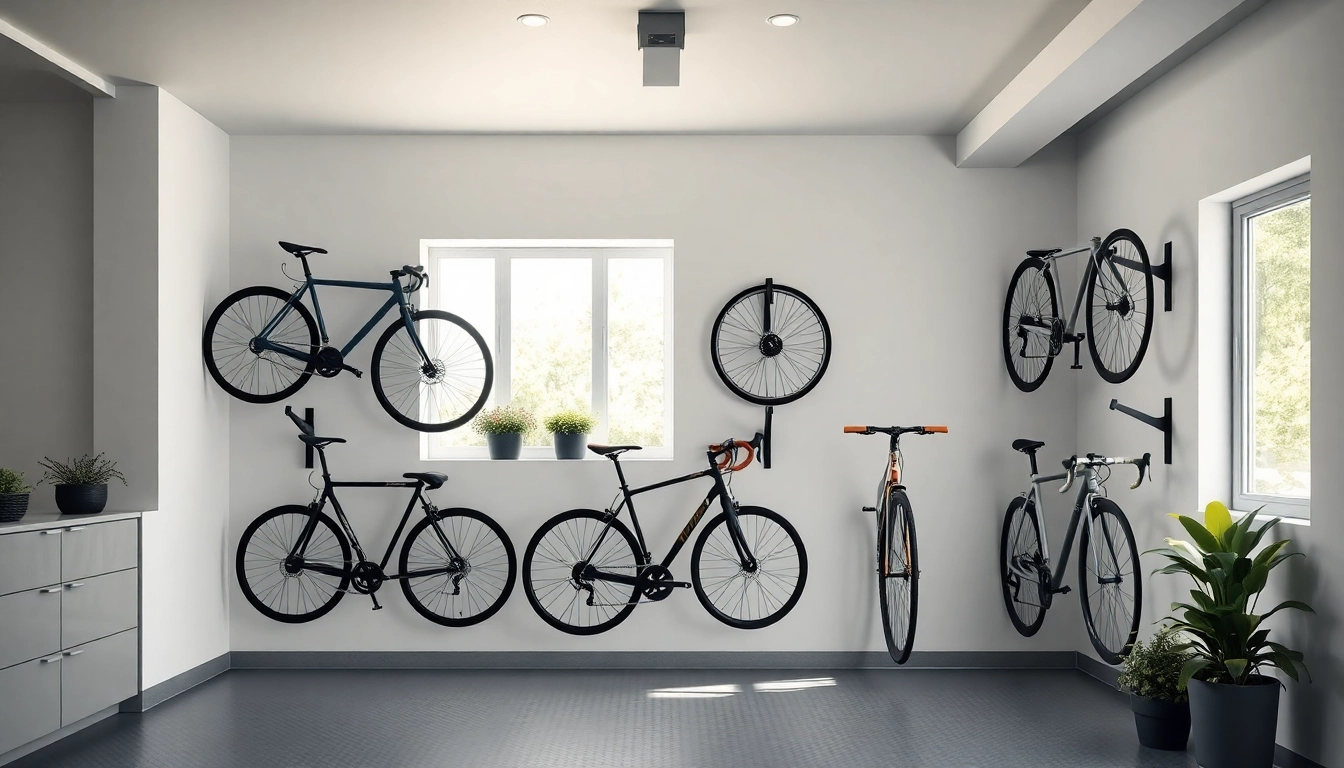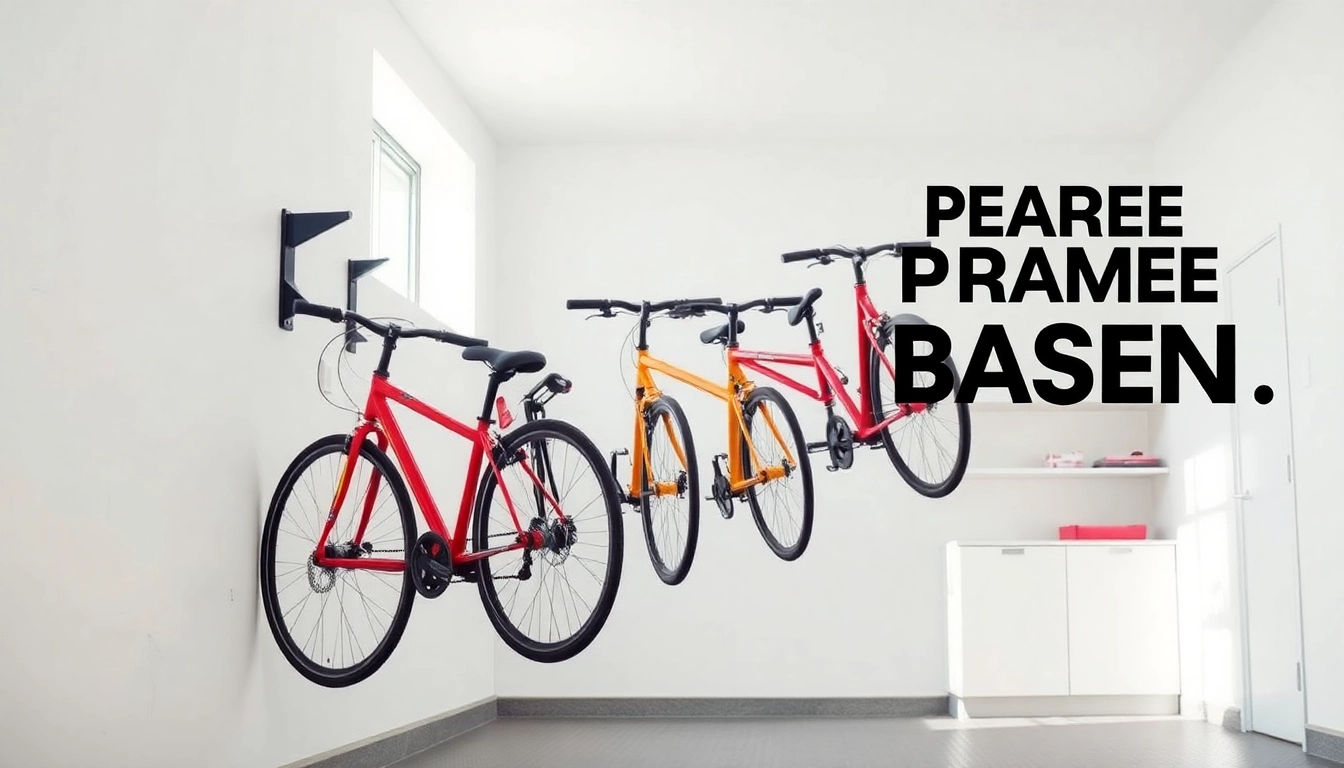
Introduction to Drywall Painting
Painting drywall is a common yet critical task in home improvement that can significantly affect the aesthetics of your living space. Whether you’re working on a new build or refreshing an existing wall, understanding the nuances of drywall painting is essential. This guide will cover everything you need to know about drywall painting, offering tips and techniques to ensure you achieve a flawless finish. For a professional touch, consider consulting experts in drywall painting.
Understanding Drywall and Its Properties
Drywall, also known as gypsum board or plasterboard, is a crucial building material widely used for interior construction. Made from a core of gypsum sandwiched between two sheets of heavy paper, drywall is known for its fire resistance, durability, and ease of installation. However, its porous surface can be problematic if not treated properly during painting. Key properties of drywall include:
- Porosity: Drywall absorbs moisture, which can impact paint adhesion if not prepped correctly.
- Texture: The texture of drywall can affect the visual outcome of the paint; smoother surfaces typically yield better results.
- Joint lines: Where sheets meet can create visible seams unless properly finished.
Common Challenges in Drywall Painting
Despite being a straightforward process, several challenges may arise during drywall painting:
- Poor adhesion: If the surface isn’t primed or cleaned adequately, paint can peel off over time.
- Uneven finishes: Inconsistent application can result in blotchy appearances, especially with lighter colors.
- Joint visibility: If drywall seams aren’t properly sanded and smoothed, they may remain visible even after painting.
Preparing the Surface for Paint
Preparation is pivotal in ensuring a successful drywall painting project. Skipping this step can lead to long-term issues with the finished product. The following are essential steps for surface preparation:
Cleaning and Priming New Drywall
New drywall often contains dust and particles that can hinder paint adhesion. Begin by cleaning the surface with a soft brush or vacuum to remove debris. After cleaning, apply a high-quality primer specifically designed for drywall to seal the surface and promote better adhesion.
Identifying and Repairing Imperfections
Before painting, inspect the drywall for any imperfections, such as dents, holes, or visible seams. Repair these issues using joint compound, which can be sanded down once it dries, to create a smooth finish. Ensure all repairs are flush with the surrounding surface.
Choosing the Right Primer for Drywall
Selecting the appropriate primer is vital. For new drywall, a PVA (polyvinyl acetate) primer is recommended as it seals the surface and prevents uneven absorption of paint. For repaired areas, consider using a stain-blocking primer if the underlying material has potential discoloration that may show through the paint.
Techniques for Painting Drywall
Once the drywall surface is adequately prepared, it’s time to move on to the actual painting process. Here are some techniques to consider:
Brush vs. Roller: What’s Best for Your Project?
Choosing the right tool for painting drywall depends on the desired finish and the specific painting area:
- Brush: Ideal for cutting in around edges, corners, and other detailed areas. Use a high-quality, angled brush for precision.
- Roller: Best for covering large flat surfaces quickly. A roller achieves a smoother finish and is less time-consuming for bulk areas.
Applying Paint: Best Practices for a Smooth Finish
When applying paint, a consistent technique is essential for achieving a smooth finish. Begin by cutting in with a brush around the edges, then switch to a roller to cover the larger areas. Apply paint in thin, even coats, allowing sufficient drying time between applications. Sand lightly between coats for optimal adherence and a seamless look.
Color Selection: Trends and Tips for Your Space
Choosing the right color can transform a room, but it requires careful consideration. Trends such as muted pastels, bold statement colors, and warm neutrals are popular choices. Ensure your color complements the natural light of the space and coordinates with your furnishings. Test paint samples on your walls before making a final decision.
Post-Painting Considerations
With your drywall painted and looking great, there are a few final considerations to ensure your efforts last.
Drying Time and Curing Period
Allow adequate drying time between coats and after the final application. Most latex paints require about two hours to dry to the touch but may need up to 30 days to fully cure. It’s essential to take this into account before hanging anything on the walls or moving furniture back in.
Touch-ups and Maintenance for Longevity
Over time, walls may need touch-ups due to scratches, dents, or general wear and tear. Keep some leftover paint for easy touch-ups. Regularly inspect the painted walls for any signs of damage and address them promptly to maintain the finish.
How to Handle Mistakes in Drywall Painting
Mistakes can happen, but they are usually fixable. If you notice brush strokes, roller marks, or other imperfections:
- Allow the paint to dry completely and sand the area lightly.
- Reapply paint using the proper technique to correct the issue.
- For more significant errors, consider stripping the paint and starting over.
Advanced Drywall Painting Techniques
For those looking to elevate their drywall painting skills, consider these advanced techniques:
Using Texture for Visual Appeal
Textured finishes can add dimension and interest to your walls. Techniques such as sponging, rag rolling, or stippling can create unique effects. Texture can also help hide imperfections in the drywall, minimizing the need for extensive repairs.
Understanding Paint Finishes: Gloss vs. Matte
Different paint finishes not only affect appearance but also cleanliness and durability:
- Matte finishes: Absorb light and can hide imperfections but are less durable in high-traffic areas.
- Glossy finishes: Reflect more light and are easier to clean, making them ideal for kitchens and bathrooms.
Eco-Friendly Options for Drywall Painting
With increasing awareness of environmental issues, eco-friendly paints are becoming more popular. Low-VOC (volatile organic compound) and natural paint options are available, which enhance indoor air quality without sacrificing performance. Consider these alternatives for a healthier home environment.







